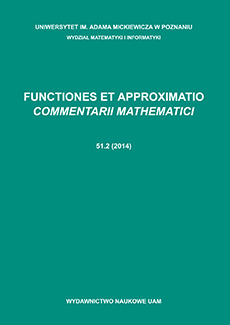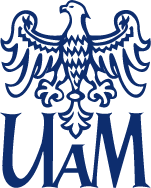Abstract
In recent work, the first two authors constructed a generalized continued fraction called the $p$-continued fraction, characterized by the property that its convergents (a subsequence of the regular convergents) are best approximations with respect to the $L^p$ norm, where $p\geq 1$.We extend this construction to the region $0<p<1$, where now the $L^p$ quasinorm is non-convex.We prove that the approximation coefficients of the $p$-continued fraction are bounded above by $\frac 1{\sqrt 5}+\varepsilon_p$, where $\varepsilon_p\to 0$ as $p\to 0$.In light of Hurwitz's theorem, this upper bound is sharp, in the limit.We also measure the maximum number of consecutive regular convergents that are skipped by the $p$-continued fraction.
Citation
Nickolas Andersen. William Duke. Zach Hacking. Amy Woodall. "Non-convex geometry of numbers and continued fractions." Funct. Approx. Comment. Math. 69 (2) 137 - 159, December 2023. https://doi.org/10.7169/facm/2017
Information





